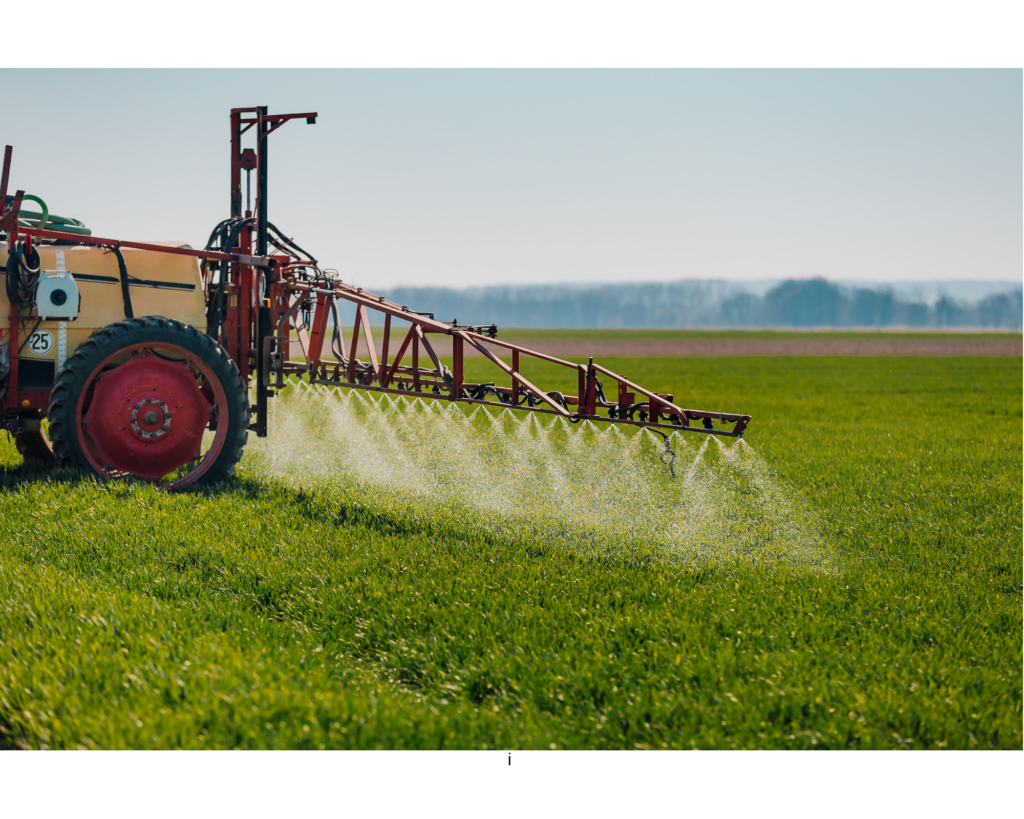Understanding and Supporting Your Immune System
Understanding and Supporting Your Immune System During the everyday battle for optimal well-being, one silent hero plays a central role – our immune system. Often
Understanding and Supporting Your Immune System During the everyday battle for optimal well-being, one silent hero plays a central role – our immune system. Often

Low FODMAP Diet: A Comprehensive Guide Welcome to a comprehensive guide on navigating the Low-FODMAP diet. This is your go-to resource for understanding, implementing, and
Gluten Sensitivity Unveiled: Understanding the Basics Welcome to a journey of unravelling the mysteries behind eating gluten and sensitivity. In a world where wheat seems
Natural Joint Pain Relief Solutions Are stiff, achy, or painful joints making your daily activities more challenging than they should be? Whether you’re experiencing the
Aromatic Therapy at Home In the hustle and bustle of our daily lives, moments of serenity and self-care can be scarce. However, the power to
Infrared Saunas Help Cleanse Your Body In the age-old quest for well-being and vitality, the concept of detoxification has always loomed. We’ve heard about detox
What is Brain Fog: Causes, Symptoms, and Solutions Imagine a day when your thoughts flow effortlessly, your focus is unwavering, and your mental clarity is
Tips to Fall Asleep Faster Sleep is the cornerstone of our well-being, a time when our bodies and minds rejuvenate, repair, and prepare for the

Glyphosate Toxicity: What You Need to Know In our modern world, it’s nearly impossible to escape the widespread use of herbicides and pesticides. They’ve become
The Clean Fifteen: Your Go-To List for Low Pesticide Produce The “Clean Fifteen” is a term used by the Environmental Working Group (EWG). It refers


By submitting this form you agree to receive messages from Health Secret & Well of Life. Your email address will NEVER be shared or sold. You’re always free to easily unsubscribe at any time. For more information see our Privacy Policy.